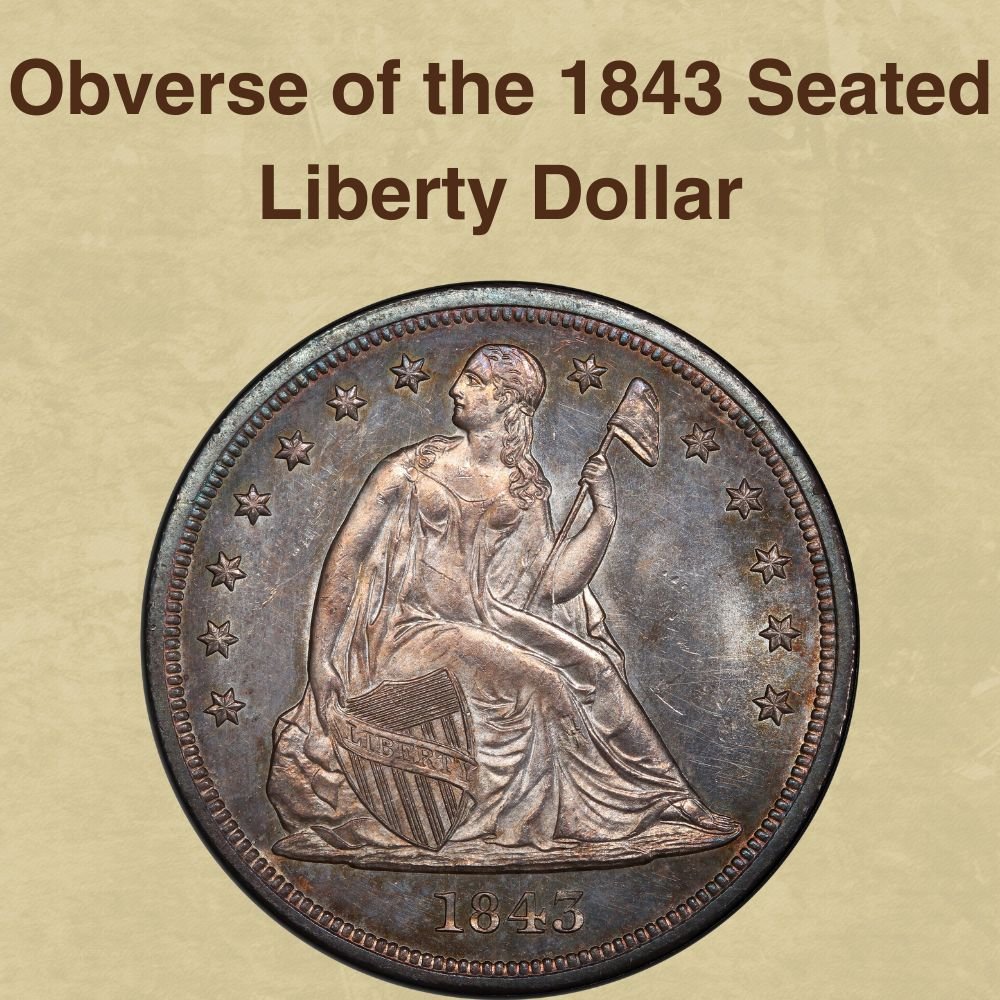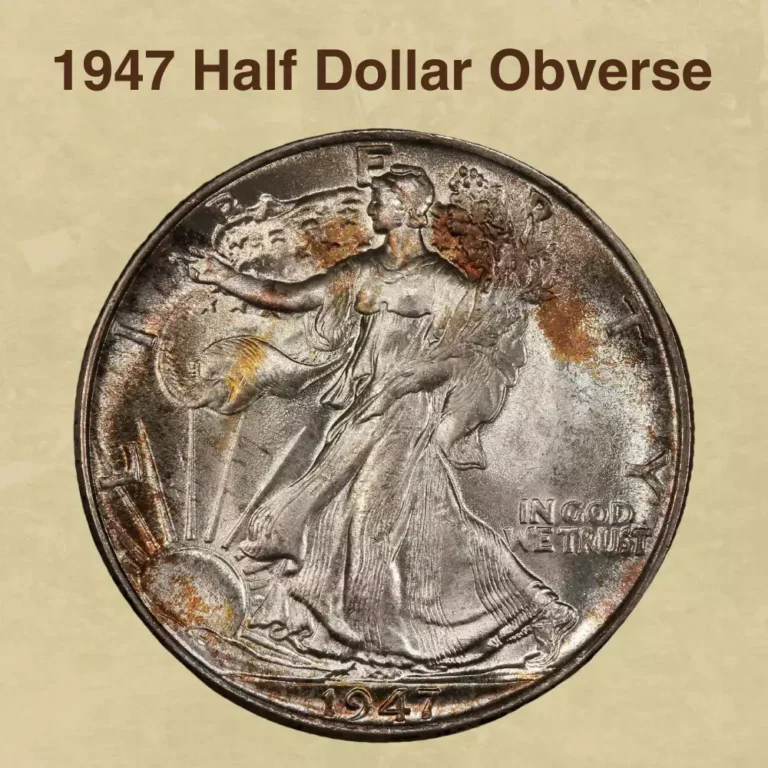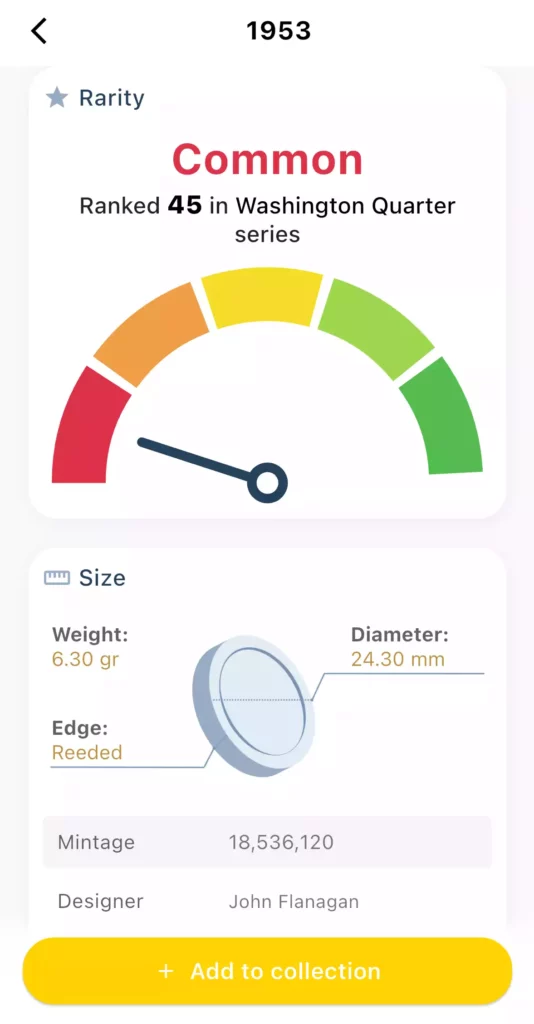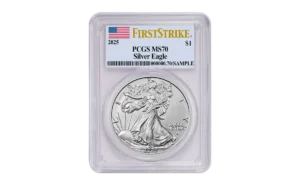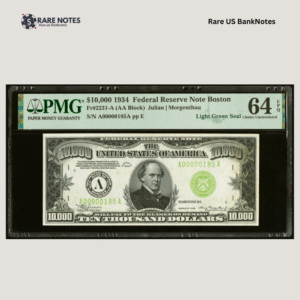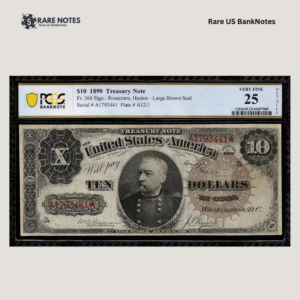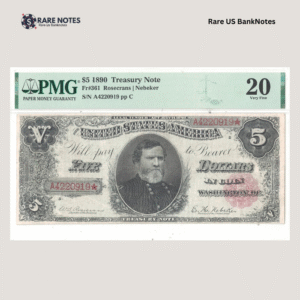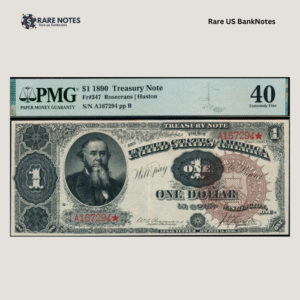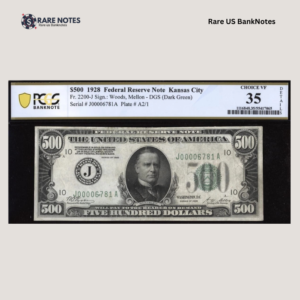Seated liberty dollars are some of the most exciting classic coins to collect. Despite survivors being scarce and a bit challenging to find, building a set can be greatly rewarding, and the 1843 issue is no exception. Although categorized as having a high mintage, it is relatively scarce and offers some of the best values among historic American coins.
Our guide will explain everything you need to know about the 1843 seated liberty dollar, from its fascinating origins to its key features, which will help in authenticating and grading your silver coins, to high-value minting errors that can significantly raise your coin’s value.
So, without further ado, let’s jump in and find out: how much is a 1843 seated liberty worth now?
1843 Seated Liberty Dollar Value Chart |
||||
| Mint Mark | Good | Fine | Extremely Fine | Uncirculated |
| 1843-No Mint Mark Seated Liberty Dollar Value | $400 | $500 | $1,000 | $40,000 |
| 1843 Proof Seated Liberty Dollar Value | – | – | – | $55,000 |
History of the 1843 Seated Liberty Dollar
The 1843 Seated Liberty dollar is part of the long-running Seated Liberty dollar series, which the United States Mint struck from 1840 to 1873. The silver dollar had been legal tender since the passage of the Mint Act of 1792, but following extensive hoarding and melting, President Thomas Jefferson, in 1806, ordered the Mint to officially halt the production of the silver dollar.
Over the next quarter century, the half dollar was the only silver coin struck. It wasn’t until 1831 that President Andrew Jackson ended the restriction against the production of silver dollars, and even then, the Mint only resumed striking these coins in 1836.
In 1835, the Mint appointed a new director, Robert Patterson, who spearheaded the creation of new designs for American coinage. Patterson worked with artists Thomas Sully and Titian Peale to design the new coin. The Mint Director proposed that the obverse of the new coins depict Lady Liberty seated on a rock holding a staff topped with a Phrygian cap. The reverse, on the other hand, would feature a flying eagle.
The Mint’s Chief Engraver, William Kneass, made sketches of Patterson’s proposed designs but suffered a stroke and passed away before the designs could be actualized. Kneass’s assistant, Christian Gobrecht, succeeded him and was instrumental in implementing Patterson’s designs. In 1836, the first redesigned silver dollars, popularly known as Gobrecht dollars, were struck, and coinage of these coins continued until 1839, when production officially stopped.
The Gobrecht dollar had been struck as an experiment to test public sentiment, and given its popularity, the Mint saw it fit to expand the production of the new silver dollars. Using more advanced machinery, the Mint was able to produce a larger number of silver dollars. The obverse of the Gobrecht dollar remained the same, but for the reverse, Patterson opted to use a left-facing bald eagle, based on a design by John Reich, a former Mint engraver.
The first silver dollars were released in 1840, recording a mintage of about 12,500. An additional 41,000 silver coins were released in November, and another batch of 7,505 by December. Mintages of the silver dollar increased throughout most of the 1840s, and the 1843 issue is considered one of the most abundant. The 1843 silver dollar will, however, command significant premiums in Mint State and can be a worthwhile addition to any collection.
Also read: 12 Most Valuable One-Dollar Coin Worth Money
Features of the 1843 Seated Liberty Dollar
Next, we’ll look at the key physical characteristics of the 1843 seated liberty dollar. Knowing these features can help with telling a fake 1843 silver dollar from a real one and accurately grading your coin. You’ll also be able to identify Seated Liberty dollars that are worth money.
Let’s get started!
Obverse of the 1843 Seated Liberty Dollar

The front side of the 1843 Liberty Seated dollars is an image of Lady Liberty clad in drapey clothing and sitting on a boulder. In her left hand, she holds a staff topped with a Phrygian cap, which is a symbol of freedom in Roman and Greek cultures.
In her right hand, Liberty holds a shield with the inscription, LIBERTY, etched across it. The shield is a symbol of self-defense against any aggression toward the nation.
Lady Liberty’s image is surrounded by thirteen stars, seven on the left and six on the right, representing the original thirteen states to join the Union. The date, 1843, is etched along the rim below Liberty’s image.
Reverse of the 1843 Seated Liberty Dollar

On the back of the 1843 silver dollar is the image of a heraldic bald eagle. A shield on the eagle’s breast represents self-defense.
The eagle also holds an olive branch in its left talons, which is symbolic of peace, while the arrows in the right talon represent victory.
UNITED STATES OF AMERICA is inscribed at the top along the rim, while the denomination, ONE DOLLAR, is etched below the eagle along the rim.
Other Features of the 1843 Seated Liberty Dollar
Additional characteristics worth noting include:
- Diameter: 38.10 millimeters
- Weight: 26.73 grams
- Edge: Reeded
- Metal Composition: 90% Silver, 10% Copper
- ASW: 0.7734oz
- Fineness: 0.9
Also read: 14 Most Valuable Coins In Circulation
1843 Seated Liberty Dollar Value Guides
How much is the 1843 seated liberty dollar worth? That’s the big question. Going by the standards of the seated liberty dollar series, the 1843 issue is relatively common and affordable for many collectors. The market value primarily depends on the coin’s condition, but other factors, such as the presence of minting errors, can raise the value.
We’ll look at the two varieties of the 1843 seated liberty dollar:
- 1843 Seated Liberty Dollar
- 1843 Proof Seated Liberty Dollar
Let’s find out how much each is worth:
1843 Seated Liberty Dollar Value

Only the Philadelphia Mint struck seated liberty dollars in 1843. With a mintage of 165,100, this date is one of the commonest in the entire series. Although these coins were generally well struck, many survivors are heavily worn, and Mint State examples are scarce in higher grades.
Here’s a breakdown of what to expect when collecting 1843 silver dollars:
- Circulated Examples: Worn examples are common in lower grades, but considering the coin’s age and historical value, pieces can command high prices even in these lower grades. For example, in Poor/Average condition, examples can sell for as much as $300, Good (G) ones for $400, and Fine (F) ones for up to $500. Extremely Fine (XF) silver dollars are relatively scarce, and their availability is reflected by their considerably higher price of $1,000. Even scarcer are the About Uncirculated (AU58) examples, which can sell for as much as $2,150.
- Mint State Examples: These are relatively scarce, but lower-grade examples are relatively accessible to advanced collectors. In MS60, examples can sell for as much as $2,500 and up to $4,150 in MS62. Prices almost double in MS63 with examples fetching at least $8,500. Prices can become prohibitive in M64 and higher, with specimens commanding up to $40,000
- Auction Record: The finest example certified by the Professional Coin Grading Service (PCGS) was auctioned in 2022 by Legend Rare Coin Auctions for a record-breaking $61,688.
1843 Proof Seated Liberty Dollar Value

Numismatic records estimate that about 15 proof seated liberty dollars were minted in 1843. However, the actual figure could be lower, and to date, only six examples are known to exist. Most survivors are regular proofs with a brilliant surface, and only one example has been certified as a Cameo. No Deep or Ultra Cameo examples have been identified yet. The finest certified example of a 1843 proof dollar is a PF64.
Here’s a breakdown of the values:
- Regular Proofs: These are extremely rare and, unsurprisingly, command significant premiums. Examples in PF62 can fetch as much as $22,500 and up to $35,000 in PF63. In 2008, Heritage Auctions sold a PF64 for a record-shattering $69,000.
- Cameo: Only a single example of a 1843 seated liberty dollar has been certified as cameo and is graded PF63. In a 2008 sale, Stack’s auctioned a PR0 for a record-shattering $35,000, the highest auction price attained for a cameo example of the 1843 silver dollar.
Also read: Top 10 Most Valuable Morgan Silver Dollar Worth Money
1843 Seated Liberty Dollar Grading
Grading a 1843 seated liberty dollar requires careful examination, as most survivors are heavily worn. Grading involves evaluating the extent of wear on high points, strike quality, and surface condition.
Start by examining the high contact points that wear first, including Lady Liberty’s head, breast area, and knees. On the reverse, check the eagle’s head, neck, and wing feathers. Flatness and weak details point to a lower grade, while higher-grade coins will display sharper details with little to no wear on the high contact points.
In addition, look at the surface condition, which can point to a high or lower grade silver coin. Lower grade seated liberty dollars will have extensive surface damage, including dings, dents, breaks, and scratches. On the other hand, higher grade coins will have an attractive surface and display mint luster.
1843 Seated Liberty Dollar Errors
Although the 1843 seated liberty dollars were well-struck, the minting process was still manual, and errors were inevitable. Not all minting errors in the series are valuable, but some are worth adding to your collection.
Let’s check out some valuable 1843 silver dollar errors:
1. 1843/42 Seated Liberty Dollar Overdate Error
Some 1843 seated liberty dollars have an overdate error in which the number 3 is struck over 2. This error happens when a new date is struck over an older die. Reusing dies was common in the early years of minting American coinage as a way to save resources. In this case, dies used to strike 1842 silver dollars were punched over with the 1843 date, resulting in the 2 peeking underneath the 3. In 2008, Stack’s auctioned a Fine (F) example with an overdate error for an impressive $650.
2. 1843 Seated Liberty Dollar Re-Punched Date Error

A re-punched date error occurs when the date is punched into the working die more than once at slightly different positions. This results in doubling or the appearance of a ghost outline around the date’s digits. Strong doubling is generally more eye-catching and valuable than subtle doubling and can add $50-$100 to the value of your seated liberty dollar. In 2012, an eBay collector paid $750 for a Very Fine (VF) with a re-punched date error.
3. 1843 Seated Liberty Dollar Doubled Die Error
A doubled die error occurs more or less the same way as a re-punched date error does. This happens when the die strikes the planchet severally at slightly different angles, resulting in doubling of the design elements and inscriptions on one or both sides of the coin. In 2017, Heritage Auctions sold a rare About Uncirculated (AU53) with an obverse and reverse doubled die error for a remarkable $1,350.
Where to Sell Your 1843 Silver Dollar?
Now that you know the value of your coins, do you know where to sell those coins online easily? Don’t worry, I’ve compiled a list of these sites, including their introduction, pros, and cons.
Check out now: Best Places To Sell Coins Online (Pros & Cons)
FAQs
How much is a 1843 seated dollar worth now?
The market value of a 1843 seated dollar depends on the coin’s condition. Worn examples can fetch between $300 and $2,150, while scarce examples in Mint State can command prices as high as $2,500 and $40,000.
Why are seated Liberty dollars so rare?
For their time, Seated Liberty dollars may seem to have high mintages, but the truth is that a mintage of only a few hundred thousand is quite low and may not meet collectors’ demand. This may explain why seated liberty dollars are so rare today. Let’s also not forget that these coins were minted more than 150 years ago; therefore, many of the survivors were lost or damaged over the years, resulting in few surviving examples today.
How can you tell if a 1843 Seated Liberty dollar coin is real or fake?
Like many silver dollars, the 1843 Liberty Seated dollar is a target for counterfeiting. But, you can authenticate a coin by comparing its key features, including diameter, weight rating, edge, and design details, with images of authentic seated liberty dollars from reputable bodies such as the Professional Coin Grading Service (PCGS) or the Numismatic Guaranty Company (NGC). To eliminate any doubt, you can also have them evaluate the coin on your behalf.
The post 1843 Seated Liberty Dollar Coin Value: How Much Is It Worth Today? appeared first on CoinValueChecker.com.


